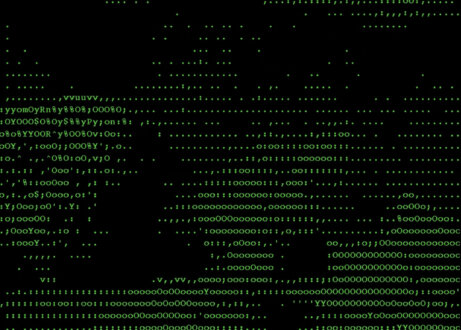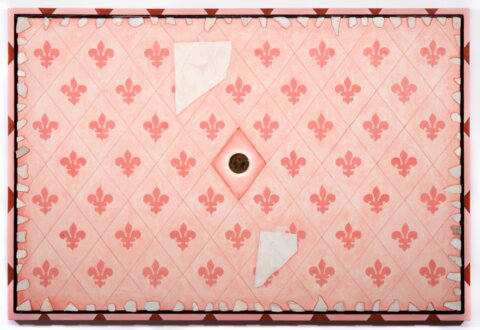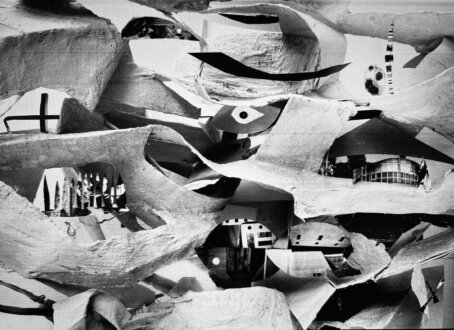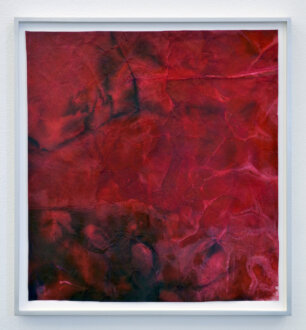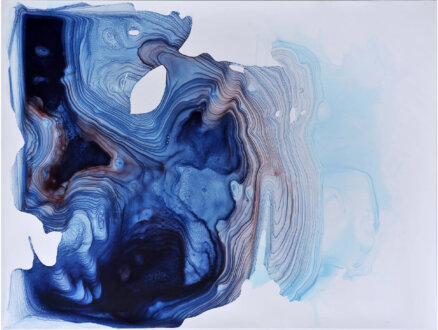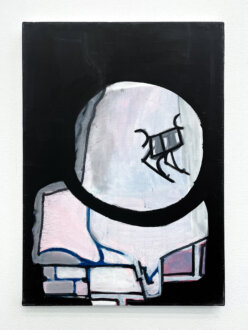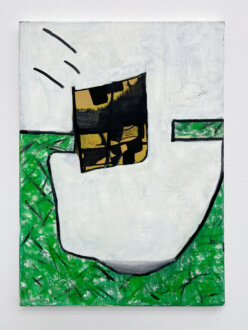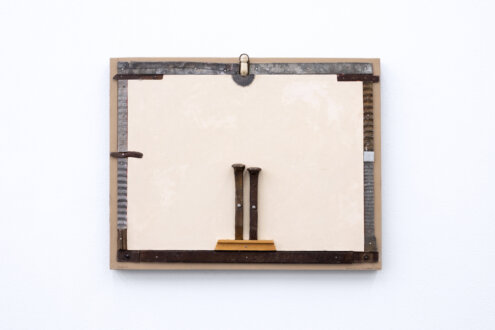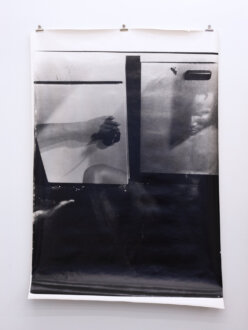Accrochage (Works)
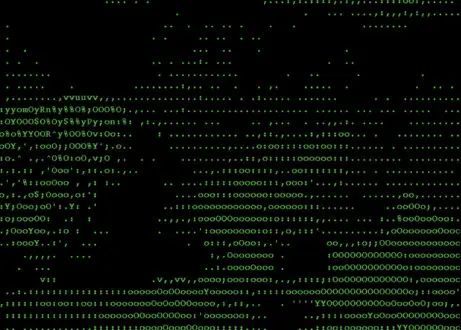 Deep ASCII, 1998. Video, 59 mins.
">
Deep ASCII, 1998. Video, 59 mins.
">
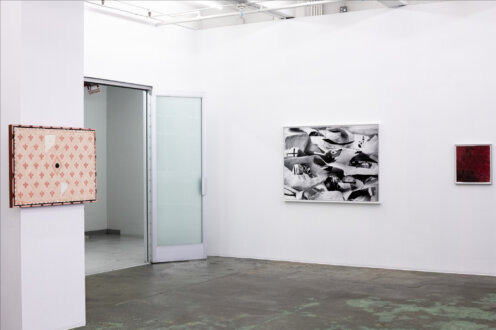
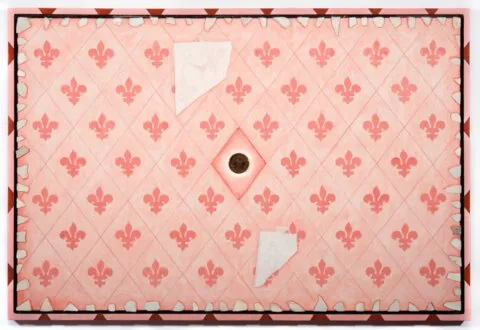 PINKIE (Towards 80), 2014. Oil and graphite on wood, ceramic shards, brass bezel, and found object, 25 1/2 x 37 1/2 in. ">
PINKIE (Towards 80), 2014. Oil and graphite on wood, ceramic shards, brass bezel, and found object, 25 1/2 x 37 1/2 in. ">
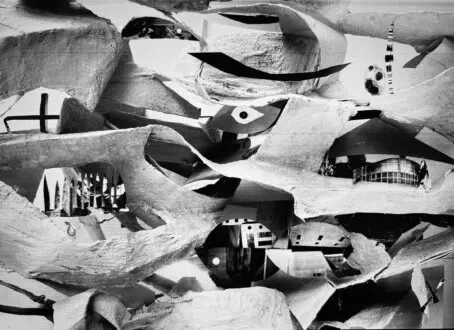 Nekya, 2022. Silver gelatin print, 40 x 56 in, ed. of 5 (+1AP). ">
Nekya, 2022. Silver gelatin print, 40 x 56 in, ed. of 5 (+1AP). ">
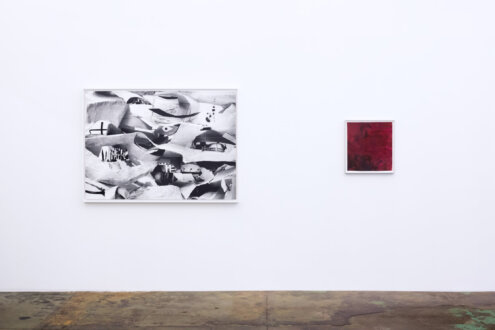
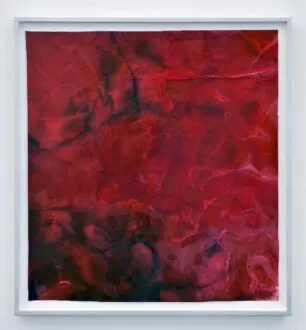 Untitled, 2016. Ink on Wasli paper, 18 x 16.5 in.">
Untitled, 2016. Ink on Wasli paper, 18 x 16.5 in.">
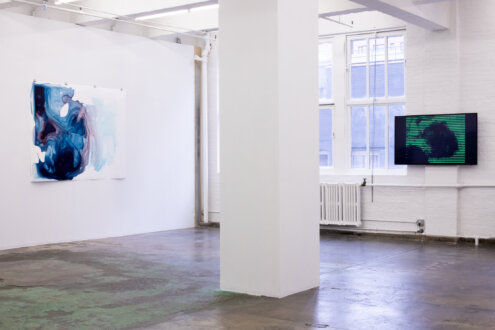
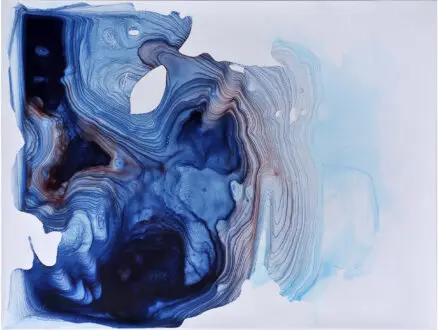 Untitled, 2017/18. Ink on paper, 60 x 80 in.">
Untitled, 2017/18. Ink on paper, 60 x 80 in.">
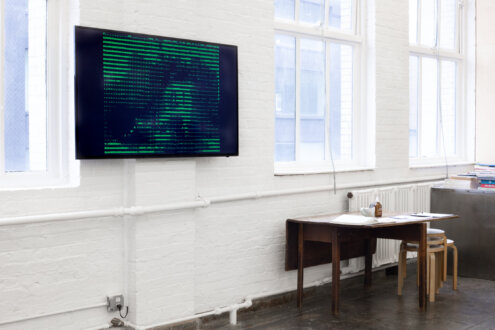
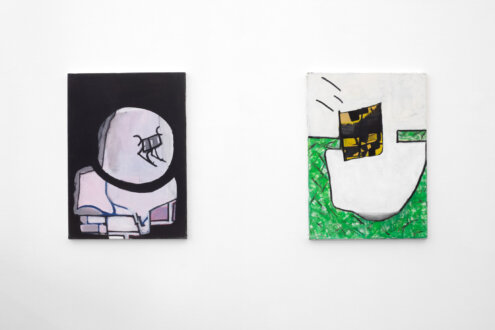
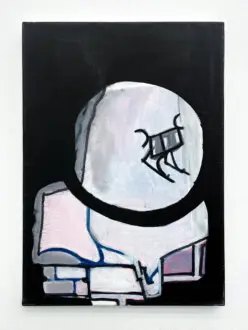 Untitled, 2021. Oil on linen, 27 1/2 x 19 1/2 in. ">
Untitled, 2021. Oil on linen, 27 1/2 x 19 1/2 in. ">
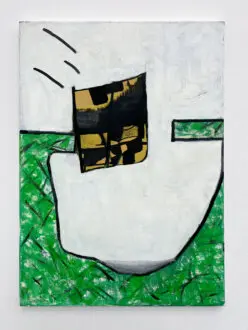 Untitled, 2021. Oil on linen, 27 1/2 x 19 1/2 in.">
Untitled, 2021. Oil on linen, 27 1/2 x 19 1/2 in.">
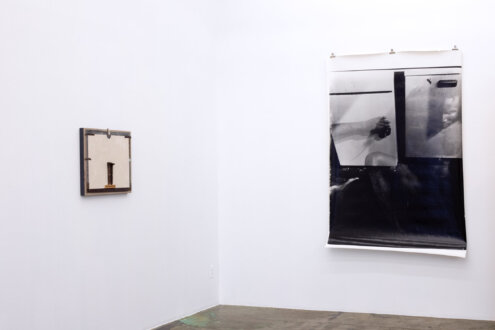
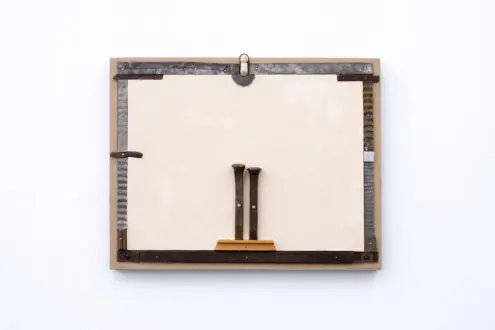 THE OFFSPRING, 2021. Oil paint, found material on wood, 24.25 x 19 inches. ">
THE OFFSPRING, 2021. Oil paint, found material on wood, 24.25 x 19 inches. ">
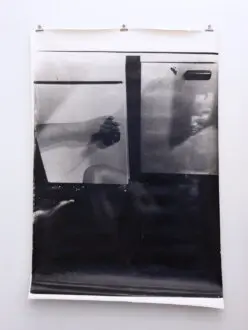 Defining Self-Sufficiency, late 1990s. B/W silver gelatin print, 76 x 59 inches. Edition 6 (+1 AP)">
Defining Self-Sufficiency, late 1990s. B/W silver gelatin print, 76 x 59 inches. Edition 6 (+1 AP)">
Selected Works
Oladélé Ajiboyé Bamgboyé, Vuk Ćosić, Emil Halmos, Anne Minich, Yamini Nayar, Aditi Singh
Opening reception: Thursday, January 5, 6 - 8 pm.
Accrochage Press Release
Accrochage, a French term loosely translated as ‘hanging’, refers to the act of arranging various works of art, not necessarily under the auspices of theme or curatorial vision, but – as in our case – by a desire to showcase artists whom we have not exhibited for some time, as well as artists of interest to the gallery.
In a large scale, b/w self portrait, Oladélé Ajiboyé Bamgboyé (b. 1963, Nigeria) affords us a glimpse into a moment of self reflection staged in his domestic interior.
net.art pioneer Vuk Ćosić (b. 1966, Belgrade) reduces the 1972 film Deep Throat to bits of early encoding language, probing the limits of legibility. Yet, we are somehow able to “make out” its pornographic images as the film has so deeply entered our collective consciousness.
What draws us into the modestly scaled paintings by Emil Halmos (b. 1982, Budapest) is the finely calibrated amalgamation of abstract, figurative and even cartoonish qualities underlying his enigmatic works.
Anne Minich (b. 1934, Philadelphia) inlays found objects carrying personal histories into her meticulous constructions to explore themes of sexual desire, erotic excitement and pleasure, wryly subverting society’s normative boundaries.
In her new work, Yamini Nayar (b. 1975, Detroit) continues her process-oriented fusion of sculpture and photography. Here, she interweaves hand-plastered spaces with snippets of modern architectural elements, creating – through the eye of the camera – an improbable construction of material and ideas.
Seeking to locate “an understanding of what is there”, Aditi Singh (b. 1976, Gauhati, India) generates material form through repeated, even ritualistic applications of ink to wasli paper.
Collectively, these works move between the self, the collective and exterior reality, probing ideas as well as moments of interiority and vulnerability in material form.
